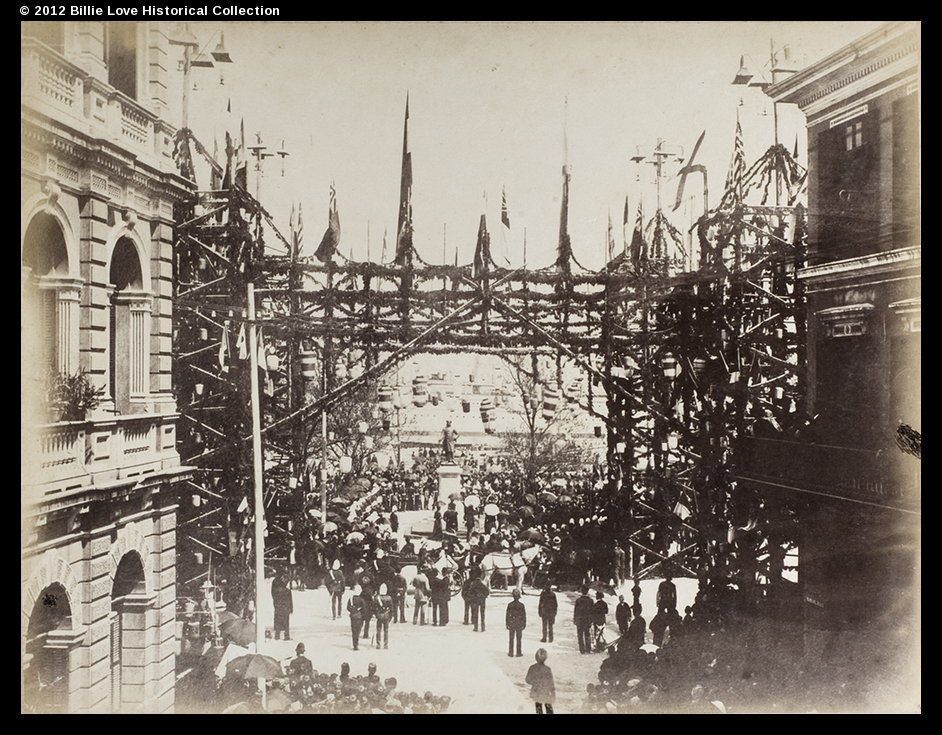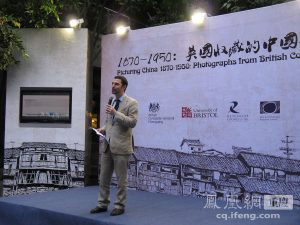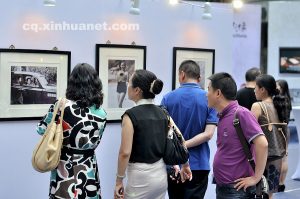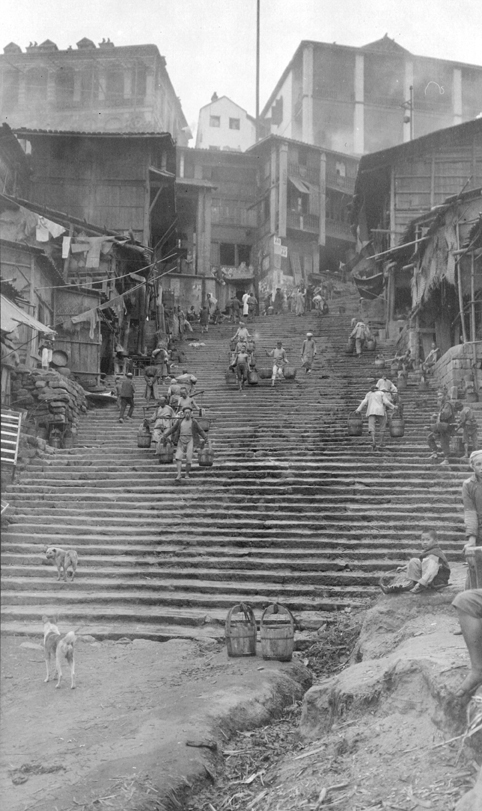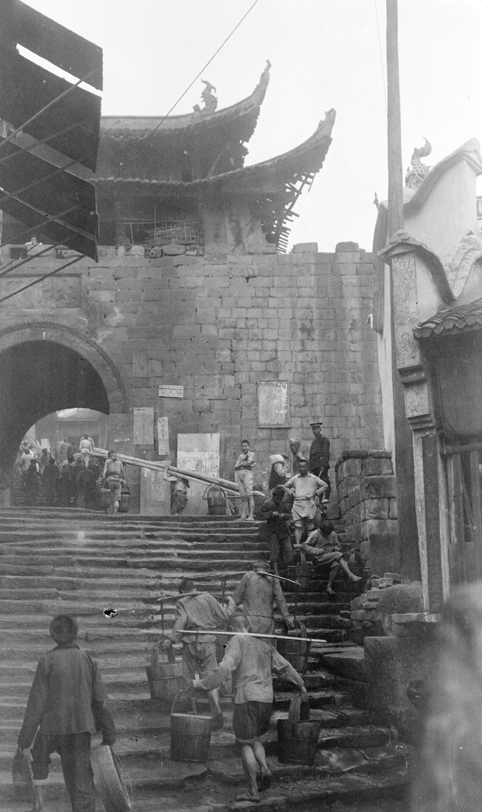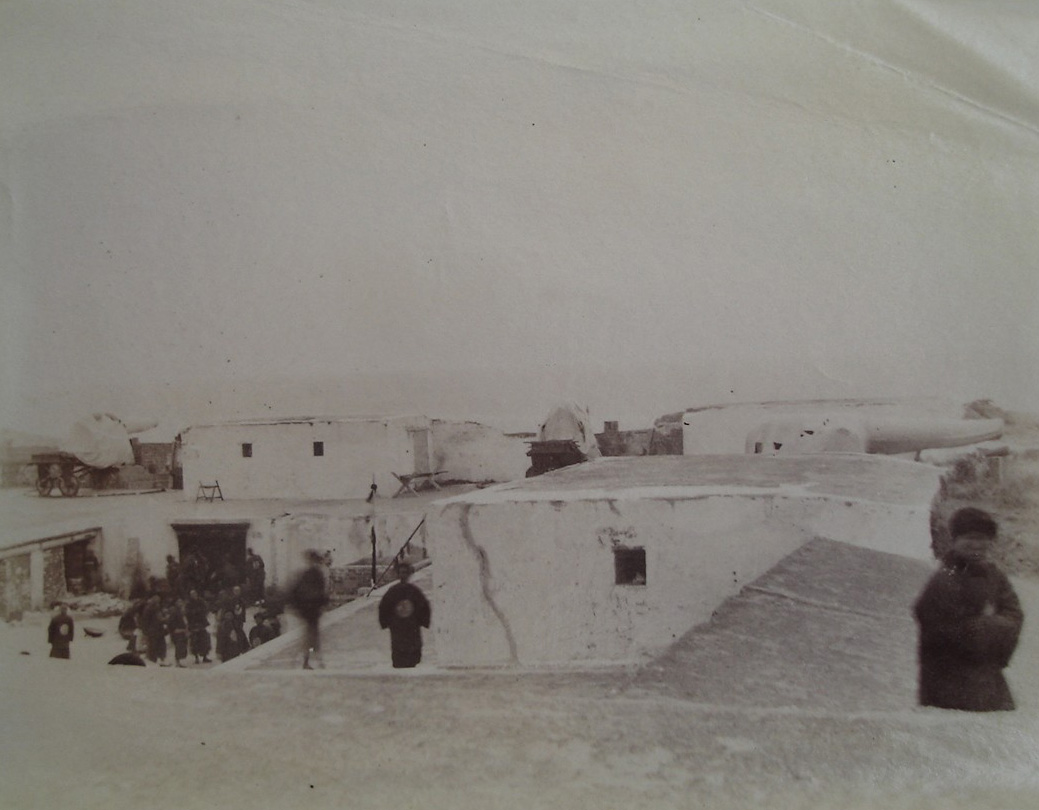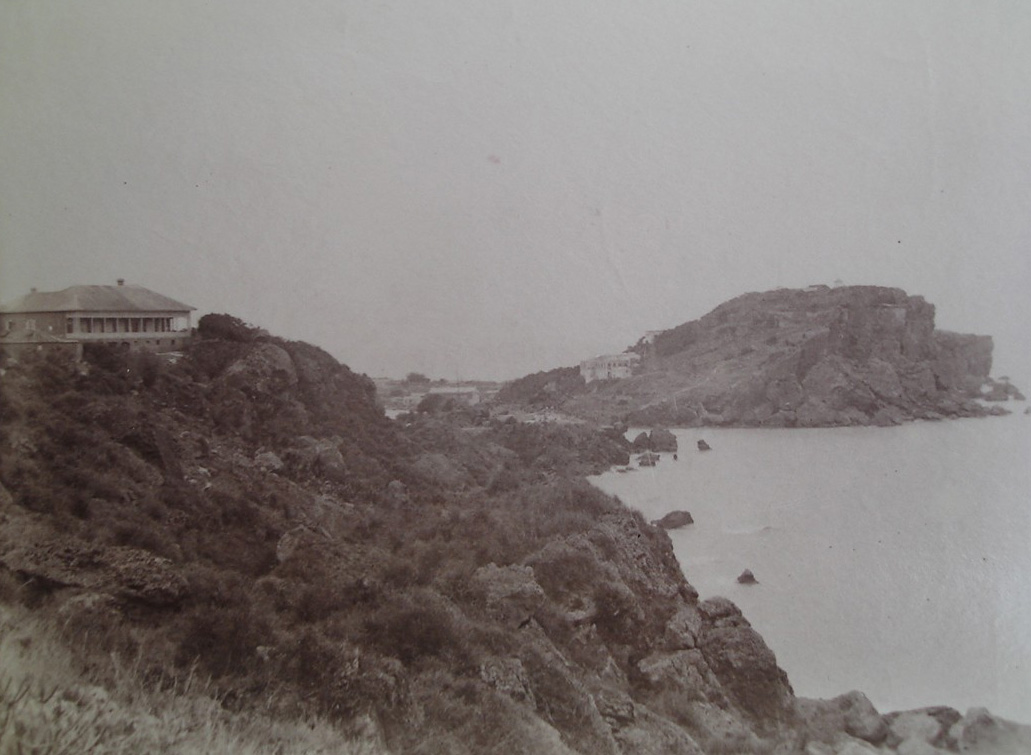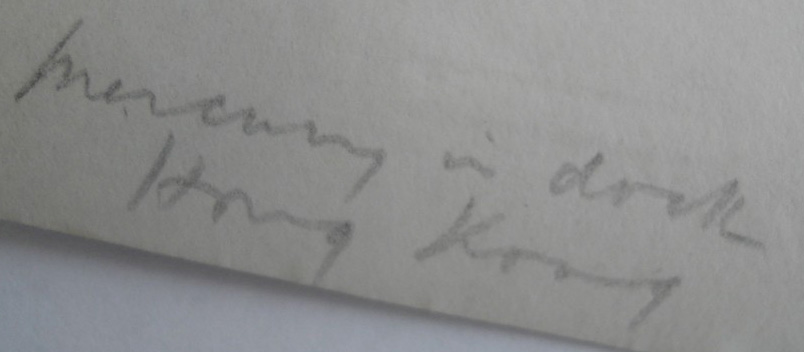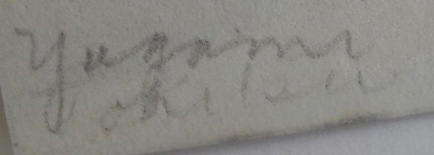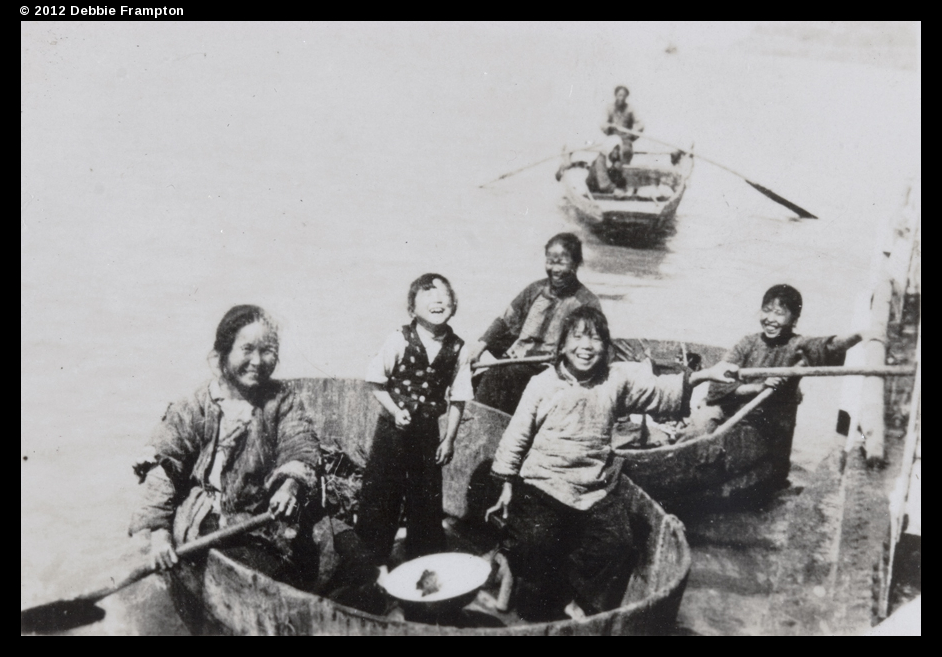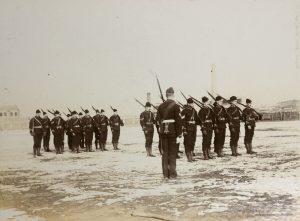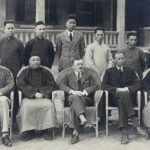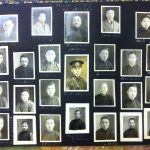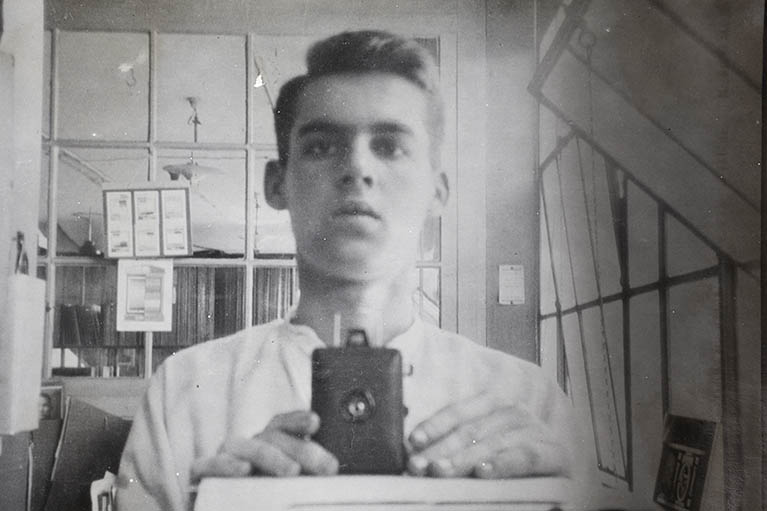
Self-portrait of Jack Ephgrave, 1931. Ephgrave collection, EP01-201 ©2013 Adrienne Livesey, Elaine Ryder and Irene Brien.
The ‘Historical Photographs of China’ team was very pleased to be invited by the Arts & Humanities Research Council to contribute a set of images to its recently launched Online Gallery. We decided to use the opportunity to showcase a collection just in, and not yet on our own site, because we felt it highlighted nicely the treasures that continue to be brought to our attention.
The images came in two large albums containing almost one thousand prints, mostly taken between 1929-34 by John William Ephgrave (1914-79). Ephgrave, always known as Jack, was born in Shanghai in October 1914, and started work aged 15 as an apprentice in the printing department of British American Tobacco’s China operation, the British Cigarette Company (BCC), and later its subsidiary Capital Lithographers Ltd. From about the same time Jack started taking the photographs that fill the albums, and which are on display on the AHRC gallery. Jack’s photographs are rich in variety, and amongst things, provide wonderful views of the printing and design operation he worked within, which contributed powerfully to the dynamic visual and commercial culture of 1930s Shanghai.
They also show Shanghai from the air in 1927, labour struggles, and life on Shanghai’s bustling streets. We will be uploading the images from Ephgrave’s albums to the website over the coming months. Meanwhile, elsewhere on the net, Robert Bickers, project director, was invited to provide a commentary to a selection of images taken in 1883-85 in various East Asian ports by Asa Mattice, a US Navy engineer. As the essay points out, some of these wonderful images echo those discovered on eBay earlier this year.

